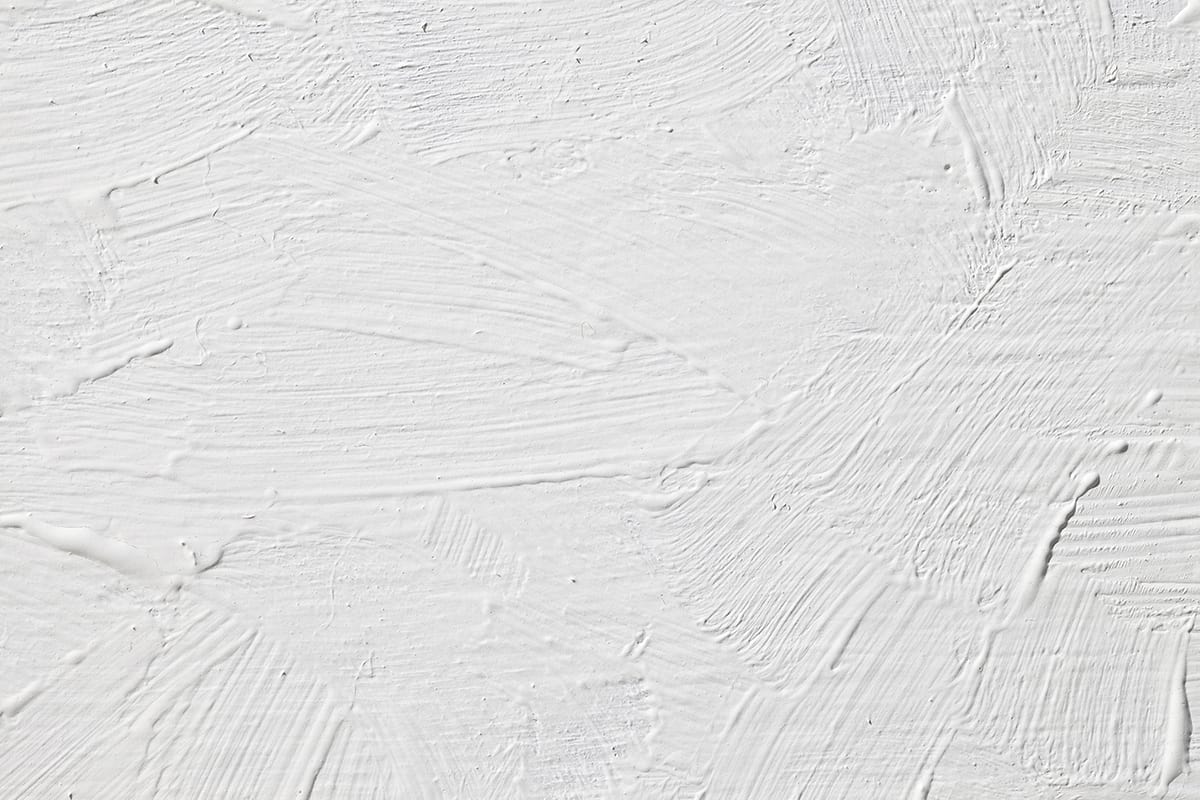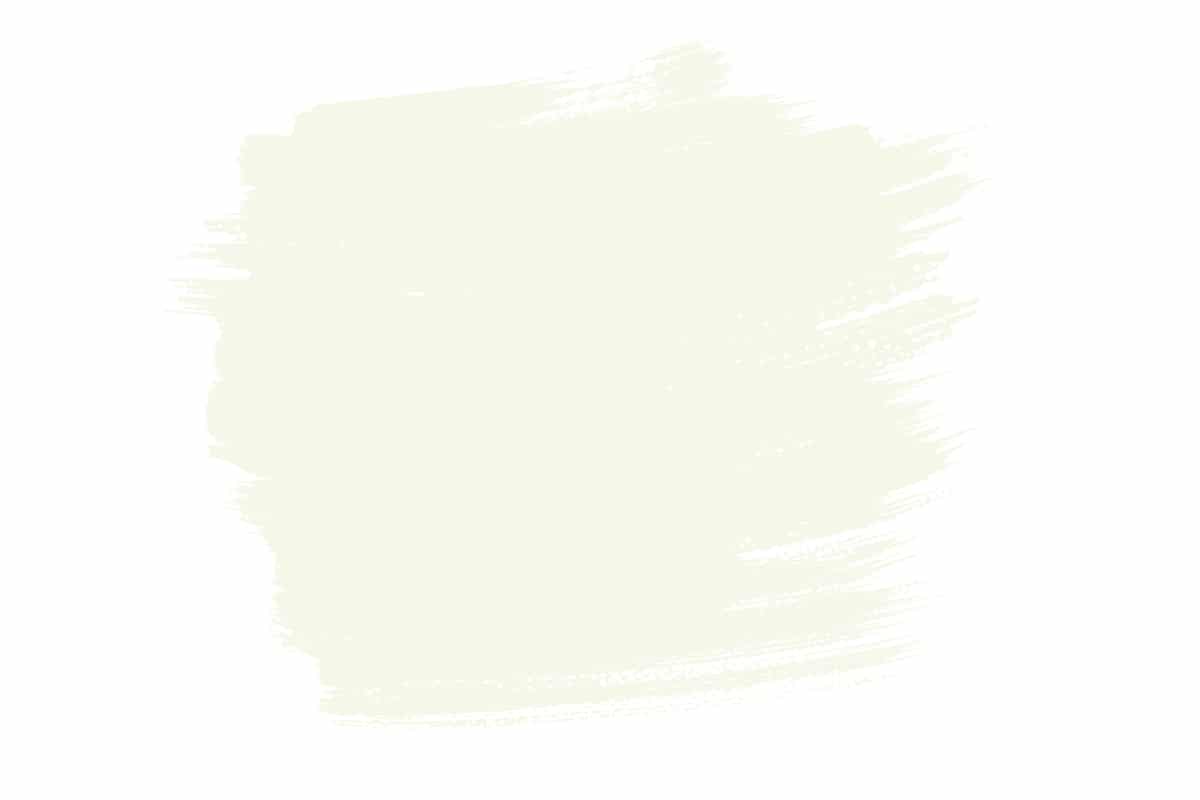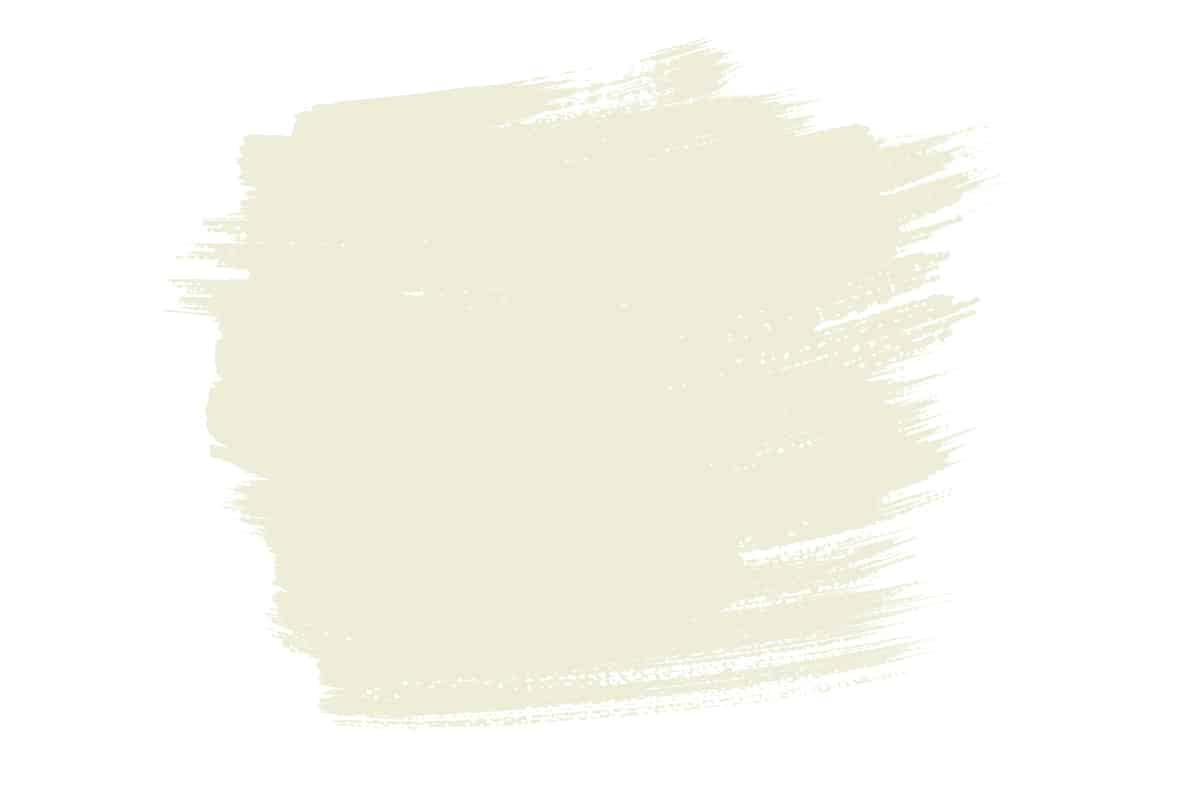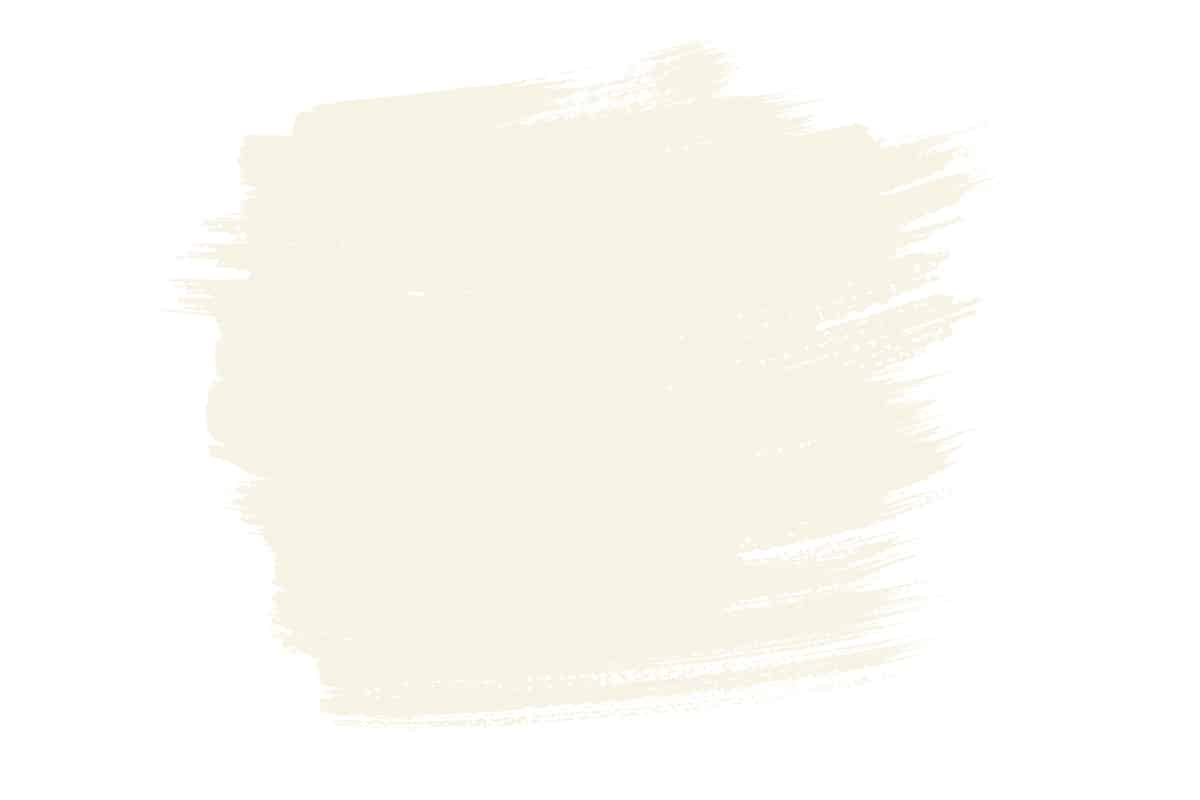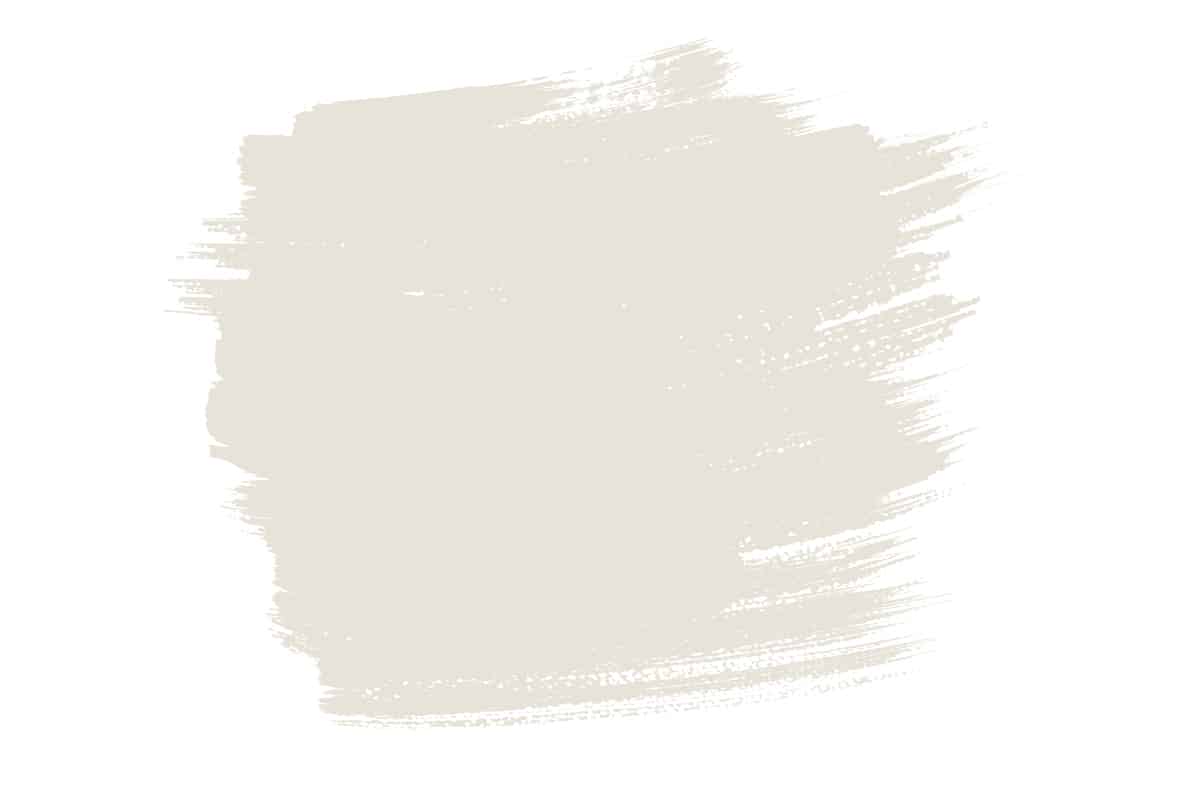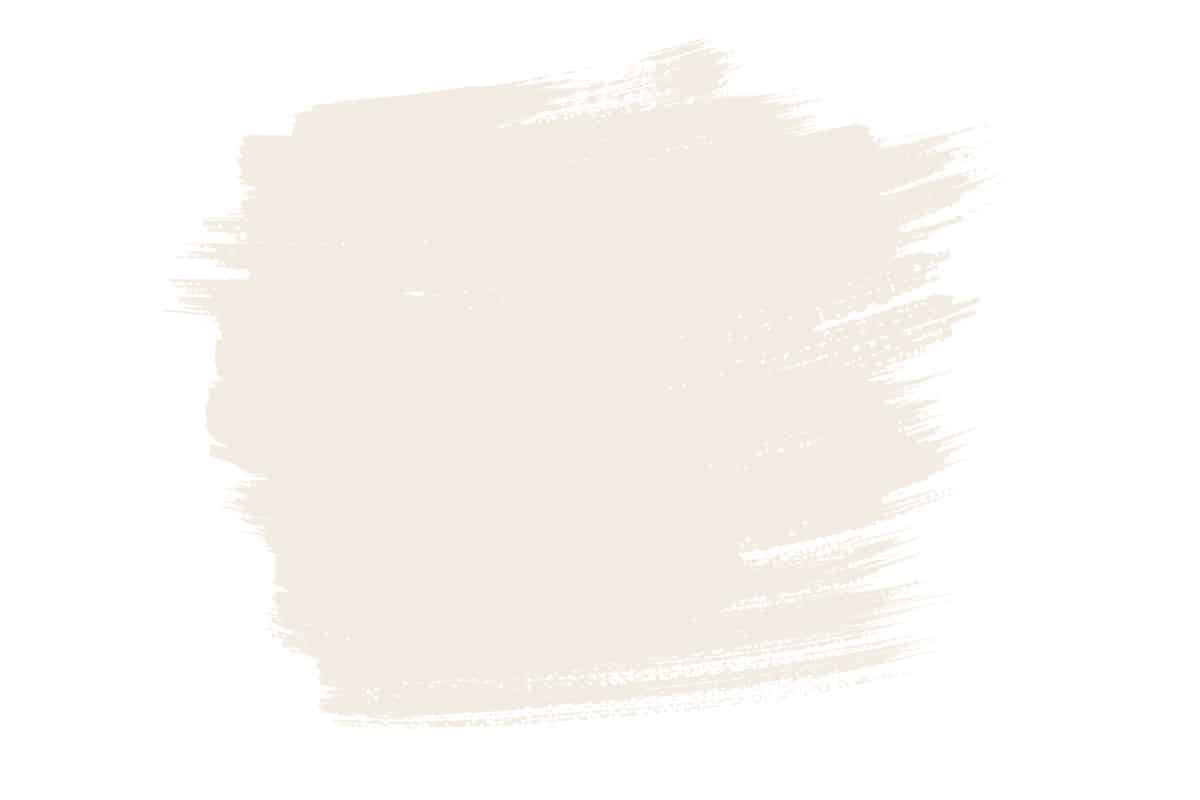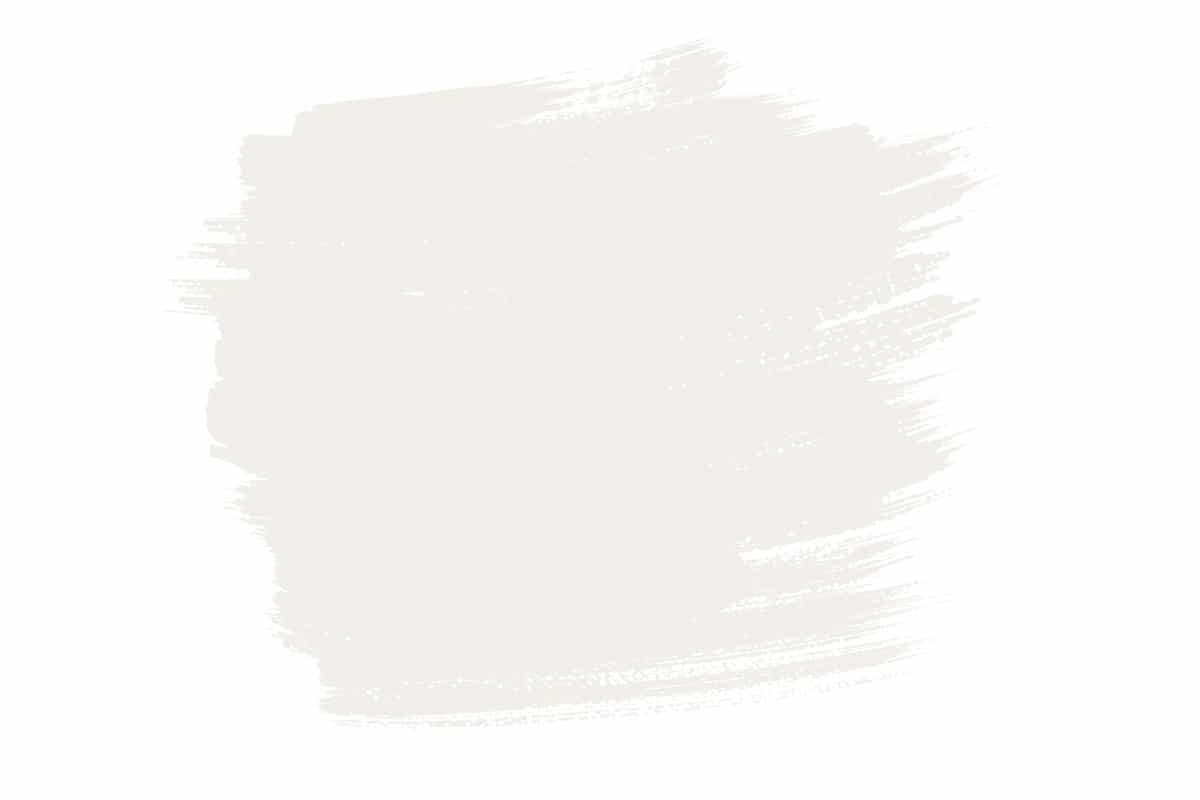There is a lot of debate around whether white is actually a color since the very definition of white is that it lacks color, and white is not featured on the color wheel or on the color spectrum. If we believe that white isn’t a color, then how do we go about making white? Here we explore different suggestions and debunk some myths when it comes to creating white.
If we’re talking about white light, then combining red, green, and blue light together will result in the effect of white light. This is the technique that is used on televisions and computer screens to create white and is known as RGB (Red, green, blue).
So does the same premise work if we want to create white paint? Will mixing red, green, and blue together give us white? Interestingly, the answer is no. And in fact, there are no paint colors that can be mixed together to make pure, true white. However, you can mix paint colors together to make shades of off-white.
How to Make White Paint
If you want to learn how to mix your existing colors together to make white paint, then you’re going to be sorely disappointed. This is because pure white paint can not be created by mixing any other colors together.
You might be wondering, then, how paint manufacturers make white paint. The answer to this is that white paint is created using pigments. Commonly this will include the use of minerals such as zinc oxide, calcium carbonate, or calcium hydroxide.
Creating paint using pigments such as these can be very hazardous, so it’s strongly recommended that you leave this to the experts and buy your paint at the store instead of trying to make some yourself.
Do All Colors Added Together Make White?
There is a common misconception that all of the colors in the rainbow will create white when they are mixed together.
This is incorrect, and anyone who has tried mixing a broad spectrum of paint colors together will know that you are more likely to end up with a murky brown color. The error comes from the fact that when different colors of light are mixed together, white light is produced. However, the same does not work for paints.
How to Make Off-White Paints
While making your own pure white paint is not going to be possible, you can make other shades of white if you have white paint to start with. You can add almost any other color to white to create various shades of off-white, and it can be fun to experiment to see what type of colors you achieve.
Remember that when you mix other colors with white, the proportions will need to be very different to ensure you maintain an off-white shade. For example, a proportion of 95% white and 5% red is going to give you a nice warming shade of off-white that has a slight pink undertone.
However, if you increase the proportion of red then you are going to end up with baby pink. Be sure to add other colors to white very gradually, mixing them as you go, to see how much of an impact the color makes.
It’s always easy to add more color to white to intensify the undertones, but it’s much more tricky to take away the color when you realize you’ve added too much.
Ivory
Ivory is a very mild shade of off-white that has no obvious undertones; however, if you cover a room in ivory paint, you will note that the space feels warmer than if you painted it in pure white. This tells us that the undertones in ivory are warm.
If you examine an ivory swatch next to a pure white swatch, you may be able to pick out slightly yellow undertones. To create ivory paint, you’ll need to start with white paint and add tiny amounts of yellow. This will give you a very pale creamy color, but don’t stop there.
Add the slightest hint of blue to the mix to help cool down the temperature of the color slightly, but your proportion of yellow should be around double the proportion of the blue. Overall, you should be looking at something along the lines of 94% white, 4% yellow, and 2% blue.
Beige
Beige comes in a multitude of colors, encompassing everything from almond to tan. The lighter shades of beige can be described as off-white, while the darker shades edge more towards light brown.
To make a light, off-white beige, first start with pure white paint. Add in drops of brown and mix after each addition to see how the color changes. You should start to notice the white becoming warmer, with a subtle beige hue.
If you wish, you can keep adding brown to get a darker shade of beige, and if you find that the color gets too dark, you can always add more white to the mix to lighten it up again.
Cream
Cream is a very warm shade of off-white, which has yellow undertones. To make this color of paint you’ll need to add a few drops of yellow to a large amount of white paint.
If the color starts to resemble buttermilk, you’ll need to add a touch of orange or yellow to get the depth of color that cream possesses.
Alabaster
Alabaster is a really popular shade of off-white paint in interior decor because it is neutral and warming without looking sickly or old-fashioned. It achieves this by having both cool and warm undertones; the cool tones keep it modern, while the warm tones ensure it feels comforting and inviting.
To make off-white paint in the shade of alabaster, start with a hefty amount of white paint, and add a small amount of brown and a small amount of cool gray. The brown and gray should both be added in equal proportions so that neither one is more dominant than the other.
The result is effectively a very pale shade of greige, gray, and beige. Neither the brown nor gray colors in this mix will be obvious when the color is painted onto a wall or a canvas, and instead, you will just get the subtle effect of an off-white that has a really nicely balanced undertone.
Vanilla
The color of vanilla takes cream one step further. It is slightly more orange than cream and will have more obvious undertones. In some lights, it may even look like pale yellow or pale orange. To make a vanilla-colored paint, start with pure white and add equal proportions of yellow and orange. This will give you a warm off-white color.
Bone
Bone is a shade of off-white that feels very low-key and neutral, yet it has predominantly warm undertones. You can make bone-colored paint by adding a few drops of beige to a large tub of white paint and then adding in a single drop of gray.
Overall, your proportions should be something along the lines of 90% white, 8% beige, and 2% gray. The type of beige you use will impact your results, but a mid-range shade such as sand or camel will work well.
